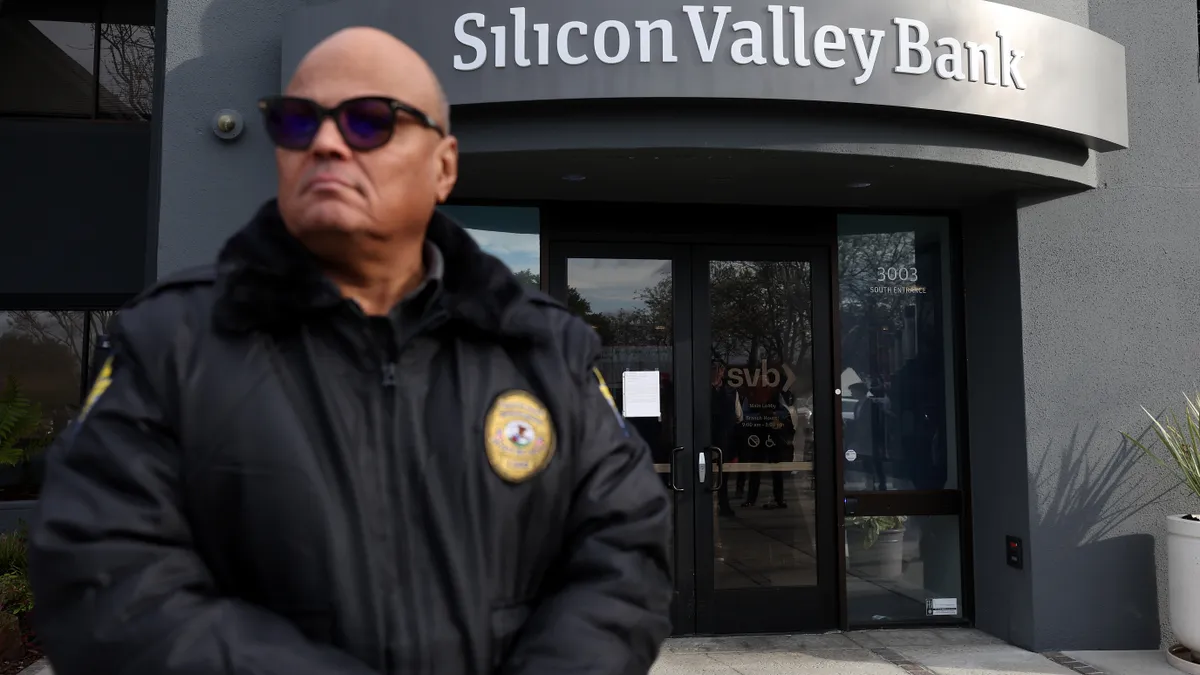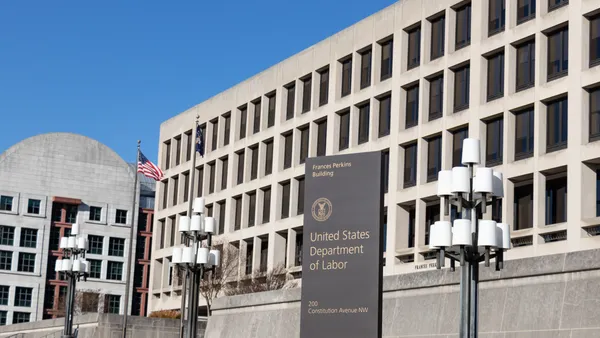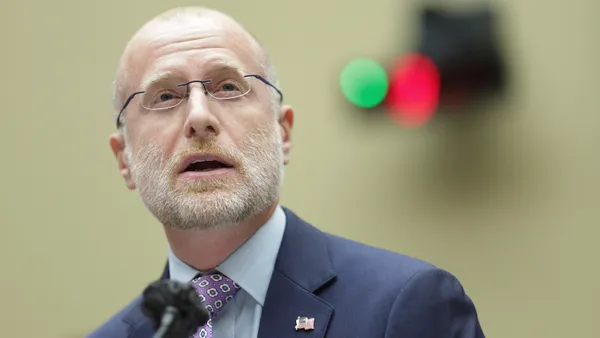If Silicon Valley Bank executives were talking about raising capital when CEO Greg Becker executed his 10b5-1 plan for making upcoming stock trades, that could raise questions for him if the Securities and Exchange Commission looks into whether he violated insider trading rules.
The SEC created 10b5-1 plans in 2000 to give executives an affirmative defense against insider trading violations by letting them create a pre-arranged schedule for making trades.
Becker entered into his plan Jan. 26 and sold his shares a month later, on Feb. 27, in accordance with the rules. But the rules also say the plans must be entered into in good faith and not adopted while the executive is aware of material nonpublic information.
“The … plan to purchase or sell securities was given or entered into in good faith and not as part of a plan or scheme to evade the prohibitions,” the SEC rule says, “and the person who entered into the … plan has acted in good faith.”
That means the SEC could have questions for Becker on the timing of his plan if he entered into it knowing the bank was facing undisclosed financial troubles and would soon be seeking a $2.25 billion capital raise to offset heavy losses from its Treasury-heavy portfolio.
“The capital raise is material,” Dan Taylor, a professor at the University of Pennsylvania’s Wharton School, told the Sydney Morning Herald on Monday. “If they were in discussion for a capital raise at the time the plan was adopted, that is highly problematic.”
The bank saw a run on its accounts last week, after it announced on March 8 — two weeks after Becker sold his shares — its intention to raise capital, triggering the California Department of Financial Protection and Innovation to close the bank and, when it couldn’t find a buyer, transfer its deposits to the FDIC to manage withdrawals to account holders.
Becker, as of Tuesday, had not responded to requests for comment on the trade.
Changes to the SEC’s 10b5-1 rules that recently took effect take aim at situations very much like Becker’s.
They impose a 90-day cooling-off period, which would have prevented Becker from trading his shares only 30 days after entering into the plan, and they require certification that the plan is being entered into at a time when the insider isn’t in possession of material nonpublic information.
That means Becker would have had to certify that he didn’t know of the upcoming capital raise, a material development, at the time he entered into the plan.
According to a class-action fraud lawsuit filed this week against Becker, the bank and the company’s CFO, Daniel Beck, Becker allegedly was aware of the bank’s mounting troubles but never disclosed that in quarterly or annual filings to the SEC over the past two years.
“The senior officers … of the company had actual knowledge of the material omissions and … intended to deceive,” the lawsuit alleged.
The SEC going after an executive for insider trading, even when the executive executes a 10b5-1 plan, isn’t unprecedented. Just two weeks ago, the agency charged Terren Peizer, CEO of Ontrak, a healthcare company, of violating the rules by entering into a plan shortly after losing its biggest customer and then executing a second plan shortly before publicly disclosing the loss of its second biggest customer.
“We allege that Mr. Peizer violated Rule 10b5-1 as it has existed for two decades by establishing and executing trading plans while aware of nonpublic information,” SEC Chair Gary Gensler said in announcing the charges.
Peizer says the charges are unfounded.
Regardless of whether or not Becker met the letter of the law, he should give the money back, Rep. Ro Khanna, D-CA, said Monday.
“Whether there was something nefarious or not, like, you know, 10b5’s, where they have to make the sale years before or months before — I don't want people to jump to conclusions, but all that money should be clawed back and given to the depositors,” Khanna said Sunday on “Face the Nation.”
Beck, the company’s CFO, also sold shares around the same time as Becker, The Wall Street Journal reported.











